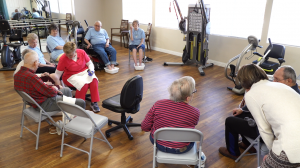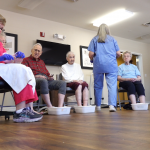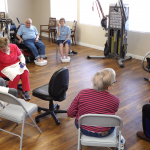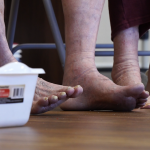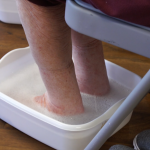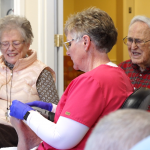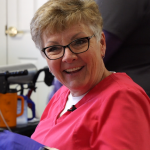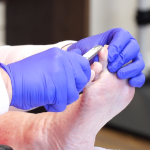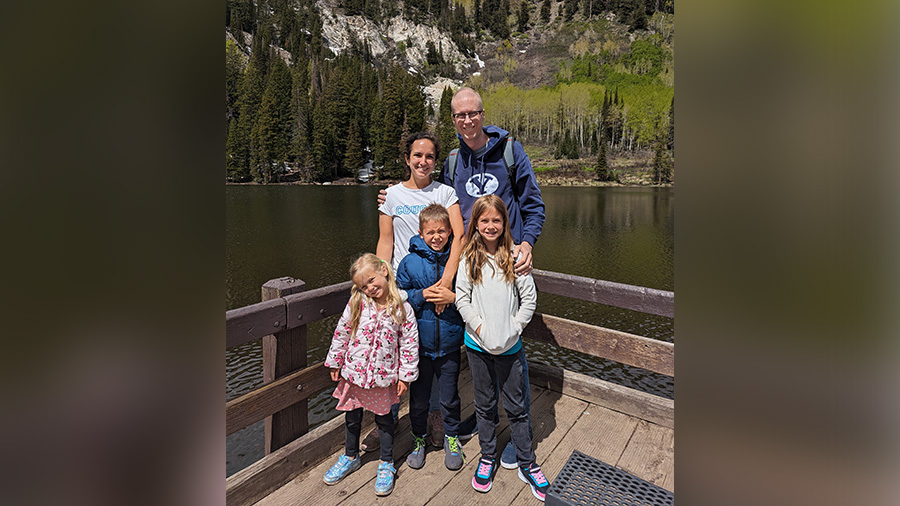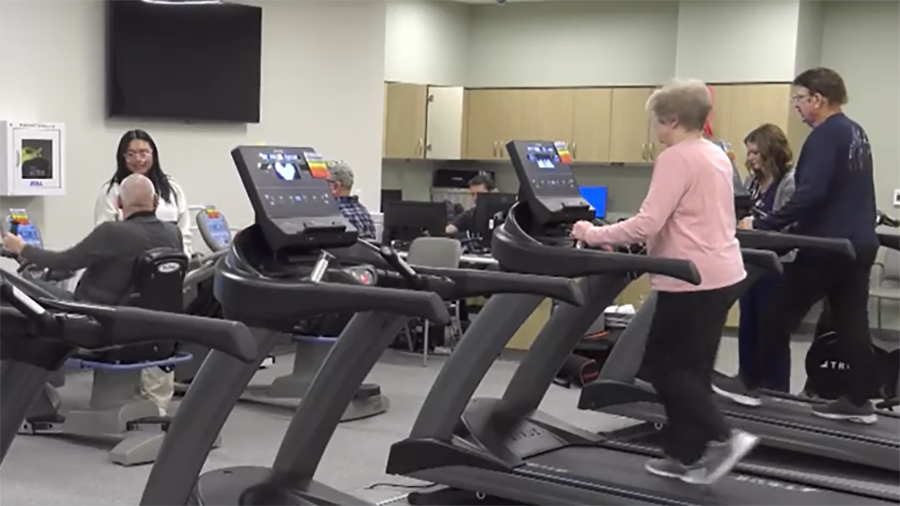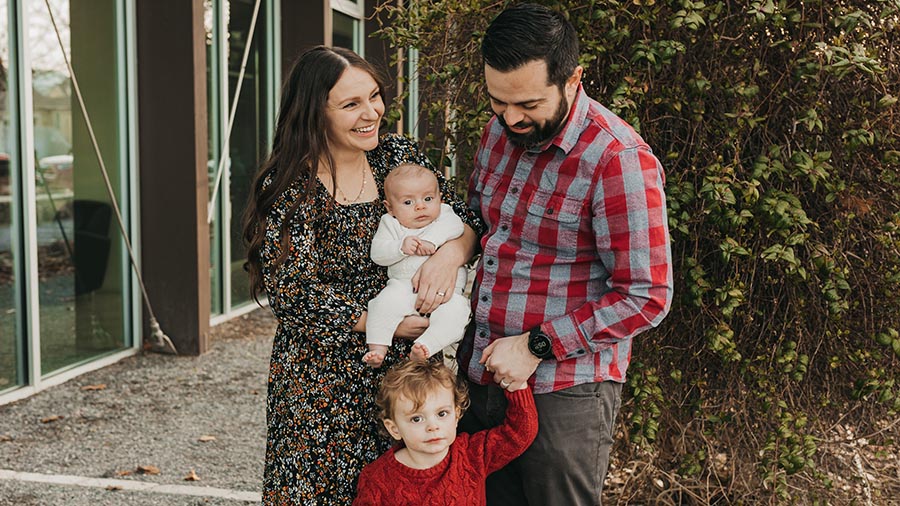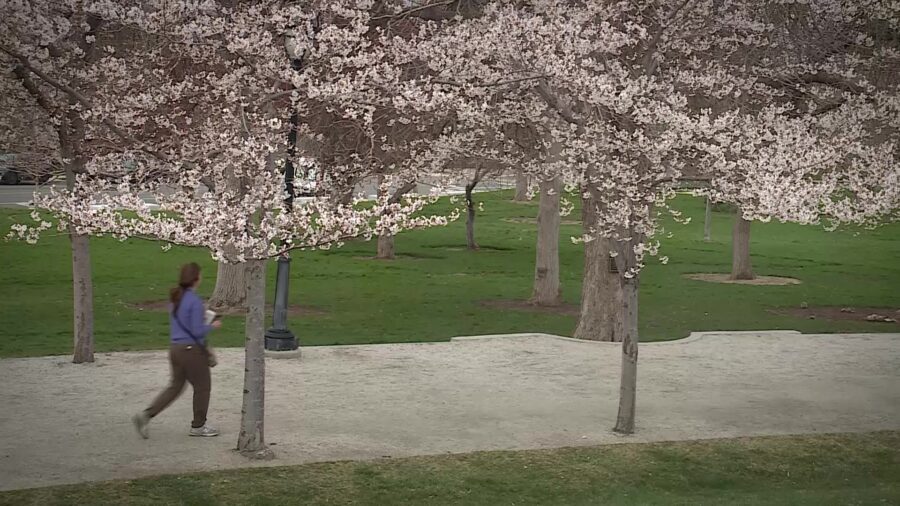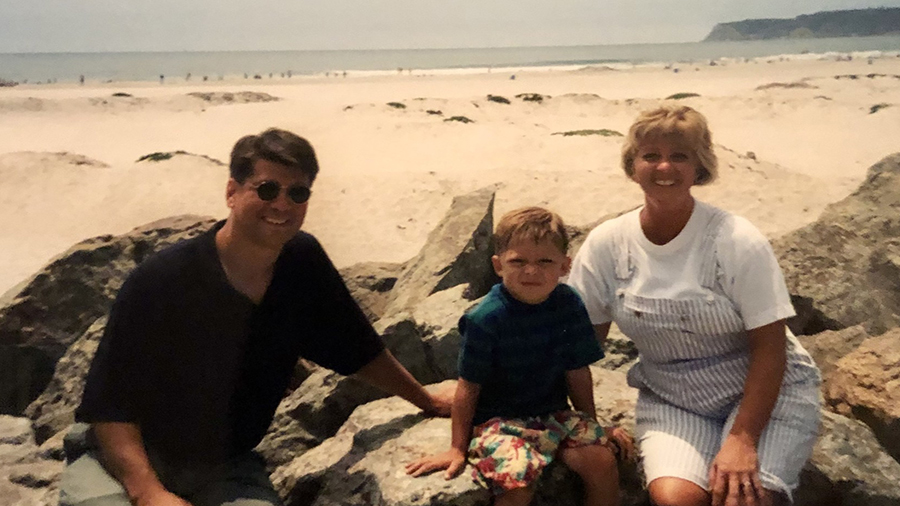Experts Talk About Importance Of Foot Care For Seniors
Nov 30, 2018, 10:48 AM
CLEARFIELD, Utah – Jeanne Clement is a registered nurse of 40 years specializing in senior care and diabetes.
“Look at those! You’ve got socks in this one,” Clement remarked looking over 95-year-old Louis Young’s feet.
Clement owns a foot care business and travels to various senior homes and clinics clipping about 5,000 toenails each month.
“Kind of Jiggity-jaggity, sweetie. You’ve been ripping them off,” Clement noted while cutting the toenails of another client at Chancellor Gardens in Clearfield. Clement has seen it all.
“I love it! Isn’t that hilarious?” she said.
Clement and her nursing assistant, Nancy Curtis, first soak feet, then clip and file their toenails. “Cause you’d be surprised what’s in there,” Clement said. “All senior citizens have a decrease in circulation as they get older. Their legs are the last for the blood to come back to their heart so they don’t heal as … quickly as they used to.”
They also look for sores while they take care of their feet. “It’s a real necessary thing we don’t think about,” Clement explained.
“Because it’s difficult to move up and down when you’re an old person,” Young said.
He isn’t the only one. Colleen Williams agreed as well. “That’s pretty nice because I can’t reach them anymore,” she said.
Another client, Victor DeCaria also said, “I don’t have the agility or the movement anymore.”
“They’re just not able to do a good clean job of it, and this is a good check for their feet because you don’t see anybody wandering around without shoes and sock on, so no one knows what’s underneath there,” Clement said.
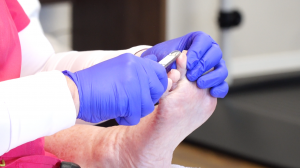
Dr. Elizabeth Huff at Utah Valley Hospital said it’s especially important for patients with diabetic neuropathy to have their feet examined by a professional.
Other ailments like diabetic neuropathy can further complicate an older person’s condition. “They have numbness in their feet as well and can’t feel when they have a sore.” Clement explained.
In extreme situations, Clement has seen patients with ulcers on the bottom of their feet. “The whole bottom of their foot is a big hole and they can’t feel that. They don’t even know it’s there,” she said.
Clement watches for sores and then refers patients to a podiatrist for surgeries or other procedures.
Intermountain Healthcare’s Dr. Elizabeth Huff encourages seniors to examine their feet every day with a mirror or with help of a family member to catch infections, lacerations, red spots or sores.
“Especially people who don’t have good feeling in their feet. They can get an infection and the infection goes unnoticed and then the infection gets into the bone and then it can’t be treated and then sometimes they end up with amputations of toes or part of the foot,” Huff said.
She also said comfortable shoes that have good cushion and support are important.
Huff said seniors should get their feet examined at least once a year by a doctor. She said a professional can identify any problem that might inhibit someone from walking or functionally normally.
Huff encourages seniors to not be shy about soliciting someone to help with their foot care. “It will help them preserve their mobility and independence,” she said.
Clement also said a little foot massage is healthy for older people too. “She will rub their feet really good and that will help the blood supply be able to return back to the heart again,” she said.
The best part of all: pedicure time also doubles as a social hour for many of these seniors. DeCaria knows that best.
“Oh yeah I like to flirt with the girls. I’m almost 95-years-old, so what else have I got to do?” he said.
Huff said Medicaid will often pay for seniors to get their nails cut by a podiatrist every three months.

